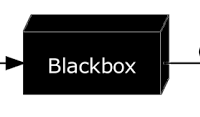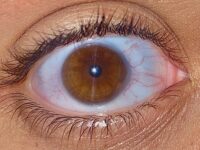Is it possible to 3D print human brain tissue? Beyond the intricacies of the individual cells that comprise them, brain tissue is organized into complex structures that are difficult to replicate. But what many once considered to be science fiction has now proven to be a novel remedy for traumatic brain injuries and a revolution in medical practices. Using engineered tissue developed from human stem cells, a team of researchers at the University of Oxford have developed 3D printing methods for assembling neural cells into the architecture of the cerebral cortex.
The key to correctly replicating the brain’s structure lies in the cells used for printing: human induced pluripotent stem cells (hiPSCs). These cells possess the remarkable capability to differentiate into a wide array of human cell types, including neurons and glial cells, which are essential components of the brain’s structure. Scientists can use a concoction of growth factors and chemicals to facilitate the formation of structures housing the two-layer cerebral tissue from these cells.
The researchers at the University of Oxford first differentiated these cells into neural cells and 3D printed them to form cortical tissue. Implantation of this tissue into mouse brain slices showed a strong integration of neural processes and signaling activity within them. hiPSCs can integrate into the host system without triggering the immune response targeting foreign cells. Moreover, 3D printing facilitates the use of a patient’s own stem cells, which is crucial for ensuring immune acceptance of treatments. The success of these experiments signifies a groundbreaking advancement in future approaches to treating traumatic brain injury, shedding light on mechanisms that many previously could not fully comprehend.
Beyond medical treatments, 3D-printed brain tissue can revolutionize the way scientists study neurological diseases. In order to gain valuable insight for clinical practice, researchers often seek to understand the underlying microarchitecture of the brain and its relationship with diseases. A team of researchers at the University of Wisconsin also utilized human induced pluripotent stem cells to print neurons that mimicked the functionality of healthy cells. The cells were then placed in low-oxygen environments similar to the conditions of ALS brains, offering a novel platform for studying disease mechanisms. This new neuron production technique has opened a new avenue for drug testing, understanding complex diseases, and understanding cognition.
“3D-printed brain tissue can revolutionize the way scientists study neurological diseases.”
Despite these advancements, the printed tissues are time-expensive and relatively thin. As a result, these techniques lack the capacity to fully recreate tissues with the complexity of an entire brain. This does not prevent the scientists from envisioning printed tissues as a primary front in treating damaged brain tissue, which will transform the future of healthcare.






